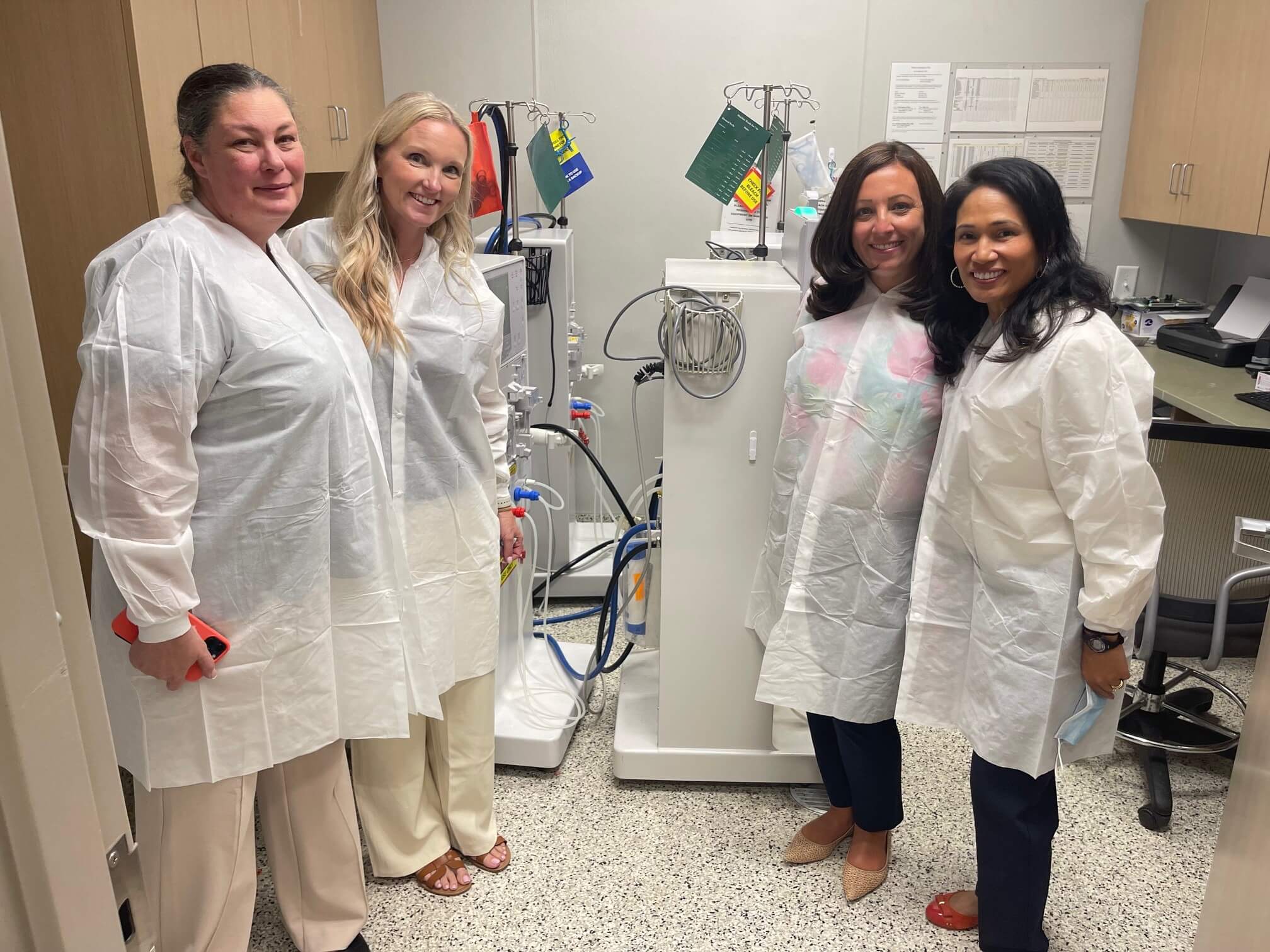Dialysis trials need to be patient-centric AND dialysis-centric
Dialysis trials need to be patient-centric AND dialysis-centric
The drug development process is geared toward a single goal shared by all stakeholders: to deliver new and more effective treatments to improve patients’ health and quality of life. However, it’s possible for those working to maximize the data output from a clinical trial to lose site of the burden the trial procedures may have on the trial subjects and clinical staff. The past decade has seen a rise in trials designed with “patient-centricity” in mind; such trials incorporate elements that make the trial easier to participate in via home-based procedures, enhanced support for trial visits and logistics, or the use of mobile/web apps that make it easier for the patients to report their symptoms or protocol compliance.
Despite this recent progress, in some trials it is harder to limit the patient burden and disruption to the clinical staff’s workflow. In particular, dialysis trials require special consideration. These patients are already burdened by the hours-long dialysis treatment, and any incremental protocol steps that extend their dialysis treatment “chair time” or add invasive procedures can significantly impact their daily life.
Balancing data collection needs with patient burden
Interrupted and prolonged chair time due to a protocol also impacts the clinical staff’s ability to complete their work day and keeps them in the dialysis units longer. For this reason, it is critical that the protocol design team keep at the forefront the need to balance data collection needs of the trial with the increased challenges such procedures place upon the clinical trial patients, that also impact the clinical staff. Excess steps that add burden to the patients not only reduce their quality of life, but may also make them less willing to participate in the trial, leading to slow enrollment and increased dropouts from the trial.
Witnessing patient care first-hand
To ensure that Fortrea’s dialysis study teams understand such issues, Dr. Barbara Gillespie, Fortrea’s Vice President and Therapeutic Head of Nephrology, recently led a visit to a dialysis site with several Fortrea team members from multiple functions supporting trials. She has led such visits with sponsor teams as well, so they can understand how their protocol needs to align with the dialysis treatment and staff’s workflow. While these highly experienced clinical trial professionals work with sponsors on a daily basis in the design and execution of trials, their roles don’t often take them to such unique investigator sites where they can witness patient care first-hand, such as the DaVita Kidney Care dialysis center in Durham, North Carolina.
This visit let members of the Fortrea team directly observe the processes dialysis patients go through, to give them a more intimate understanding of the patient experience to help them in their roles working with sponsors on renal trial design and implementation.
Applying patient insights to promote successful trial design
Our team enjoyed speaking with the patients and learning new insights from the dialysis staff. The visit impacted the team members greatly, as evidenced by their responses to the visit.
“Hearing a training, whether live or recorded, is helpful, but anytime there is a chance to attend in person and receive hands-on training is extremely beneficial especially to those who may not have this rare disease experience,” said Heather Cooke, Project Director at Fortrea.
“Advocacy of the patient is the most important thing we do at Fortrea. Leaders like Dr. Gillespie encourage our project teams to experience 'the day in the life' of a patient," said Kenny Smith, Executive Director of Strategic Partnerships at Fortrea. "I am grateful I got to experience this first-hand at the dialysis center; it has forever changed me and my resolve to do what I can to help these patients. They are my heroes!”
